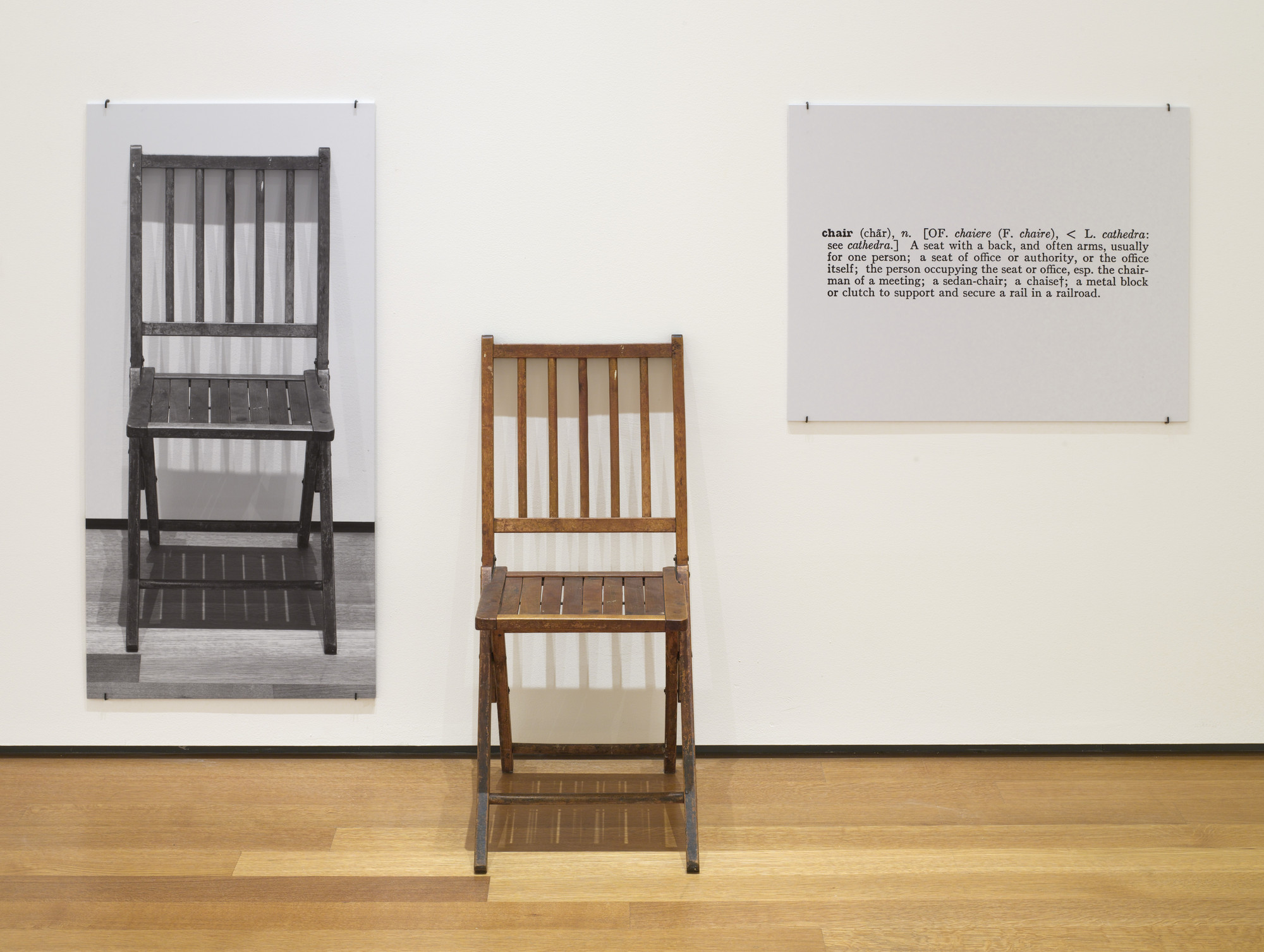Our first lecture was on Semiology - the study of signs
We started the lecture with an introduction to language and doing a little activity - Devise a sentence
that no-one has uttered before in the history of human communication
I said - “Muskaan a great is singer”
We then moved onto the Saussure’s theory of the arbitrary relationship between the concept and the sound image - which really confused me. I didn’t understand what sound image meant so I decided to use everyones best friend - google. I read a few articles to helped me a little.
Very nicely explained here-
|
Description Saussure's 'theory of the sign' defined a sign as being made up of the matched pair of signifier and signified. Signifier The signifier is the pointing finger, the word, the sound-image. A word is simply a jumble of letters. The pointing finger is not the star. It is in the interpretation of the signifier that meaning is created. Signified The signified is the concept, the meaning, the thing indicated by the signifier. It need not be a 'real object' but is some referent to which the signifier refers. The thing signified is created in the perceiver and is internal to them. Whilst we share concepts, we do so via signifiers. Whilst the signifier is more stable, the signified varies between people and contexts. The signified does stabilize with habit, as the signifier cues thoughts and images. |
[Signifier and Signified, no date]
I used this to make the notes below and read a few more articles to clear out doubts and understand this concept better.
Joseph Kosuth’s ‘One and Three Chairs’ is an example that challenges the viewers to engage and think about what communicates what. The viewer must consider whether the differences among these types of representation are important or whether it is even possible to articulate those differences.

One and Three chairs by Joseph Kosuth (1965)
Moreover, I thought Marcel Broodhader’s ‘The Farm Animals’ was a good example to understand semiology - how one thing can be used to compare and understand another thing.

The Farm Animals by Marcel Broodhader (1974)
The concept was connotation and denotation was also very interesting, along with those of myths and anchorage.
Denotation - the physical reality, the object.
Connotation - Arbitrary meaning (affected by reader’s rules and conventions)
For example,
Denotation - this is a picture of a dove - a stocky bird with a small head, short legs, and a cooing voice, feeding on seeds or fruit. Doves are generally smaller and more delicate than pigeons, but many kinds have been given both names.
Connotation - peace, love, harmony, white, innocence, hope, compassion, heals the world, maternal symbol.
Before this session, I thought myth were old stories that were used to describe natural or social phenomenon, and typically involved supernatural beings or events. This example shown to us in class explained the concept of myth better and how its applicable in the world today.

This cover is a picture of a young black boy, saluting. But, it signifies way more. It could led the viewers to believe that all Africans accepted the French imperial power - which was a myth.
A good example that was shown to us that helped understand what anchorage meant is this painting by Vincent Van Gogh.
When I first saw it I thought its a nice painting of a field. I think it shows life and growth.
But then, we were shown the next slide….
This instantly changed my perspective. I could suddenly see the day in the picture look more like a torn which could represent the “storm” in Van Gogh’s life perhaps? And I noticed the end of the path in the middle of the painting - is that his way of showing the his “end”? It was titles “Wheat filled with crow” do the crows, that are black, supposed to be another representation of death? The small ‘fact’ attached with the image instantly changed my perspective. And that’s what anchorage is. Barthes describes it as when text is used to add meaning or convey an intended meaning in some way or direct the viewers interpretation in some way.
Although some parts of this lecture confused me and it took me quite a well to understand certain aspects, it was also really eye-opening to understand how semiology extends beyond the conventional icons, signs and indexes we see around in our day to lives. There is more to it and a lot of different things affect our understanding of different signs.
At the end of the lecture, we did another activity in pairs. We were given a pair of brands and we were supposed to write first introductions by each brand to each other as if they were people. My partner Elen and I got Dulux and Farrow & Ball. We started with research of the brands and wrote these introductions as if these 'people' met each other at the bar and had a conversation.
Bibliography
- Signifier and Signified (no date). Available at: http://changingminds.org/explanations/critical_theory/concepts/signifier_signified.htm
- Lanir, L. (2012) Ferdinand de Saussure: The Linguistic Unit – Sign, Signified and Signifier Explained. Available at: https://www.decodedscience.org/ferdinand-de-saussure-the-linguistic-unit-sign-signified-and-signifier-explained/20876
- Kosuth, J. (1965) One and Three Chairs [installation]
- Broodhader, M. (1974) The Farm Animals. Available at https://www.tate.org.uk/art/artworks/broodthaers-the-farm-animals-p07385
